The end of February marked the 3 year anniversary of this blog. On 2/21/2011 I wrote my first post, about an eggplant dish I made from one of the first vegetarian cookbooks I bought after Michael decided to eat vegetarian.
I have been reflecting about my motivation on writing here, posting recipes, taking pictures of my food, and honestly felt a bit demotivated about it all for quite some time now. Nothing good can come from comparing your writing, your recipes, your pictures and your life in general to that of other bloggers.
I’ll spare you all the self-criticizing thoughts I had in the past weeks/months, because what I mainly want to say today is: I just love to cook. Basta. That is the reason I started writing here those 3 years ago and still, this is the reason I come back to this space after being absent, again, for quite some time.
I realize it is already March, but back on New Year’s Eve Michael and I talked about the highlights of 2013, and mentioned Marcella Hazan’s Torta di Biete, or Chard torta as one of the best things I had made in 2013. It’s been a while since New Year’s Eve, so I am really sorry to have kept this recipe for myself for so long. (Although it is published in The Essentials of Classic Italian Cooking, so it is hardly a secret) You really should have had the opportunity to make this since January 1st, with Swiss chard being in season and all.
The original torta is crustless, but there is a whole mess of toasted breadcrumbs involved. You could definitely make the recipe as Marcella Hazan wrote it (I found a closer version to the original here) and there is absolutely nothing wrong with it with this sort of breadcrumb crust. I came to prefer the version with a crust though, if only because the crust makes it easier to steal a slice here or there out of the fridge.
Swiss Chard and Onion Tart with Pine Nuts and Raisins
Adapted from Marcella Hazan’s Swiss Chard Torta with Pine Nuts and Raisins
Note: The raisins are essential, in my opinion, but if you dont like them, maybe you could subtitute dates. Also, I never blind bake my tart crusts, but if you usually do, I suggest 20 minutes of prebaking while you prepare the filling.
400g Swiss chard, leaves only (I bought 1,2 kg of chard to get 400g leaves, but this varies depending on how thick the stalks are. I’d err on the side of buying too much Swiss chard, I think you’ll have no troubles fitting in even 500 or 600g of the wilted leaves into the tart)
4 tbsp pine nuts
6 tbsp raisins, covered with water
1 tart dough, rolled out (here I used a store bought version, but I also make this olive oil tart dough by Tamar Adler)
1 yellow onion, finely chopped
4 tbsp olive oil
50g freshly grated Parmesan
2 eggs
pepper
Start with bringing a big pot of salted water to a boil. Preheat the oven to 180°C/350°F. Prepare the tart crust, roll it out and fit it into a 9 1/2 inch/25cm tart pan.
Remove the ribs of the chard, and set them aside to use in another recipe. Roll the leaves up and cut them into strips about 1 cm wide. (This does not have to be to accurate, you are going to chop them up further later on)
Wash the chard leaves really well in a kitchen sink filled with water. Drain and repeat if necessary.
Once the water comes to a boil, drop in the chard and cook for 5 minutes, or until tender. Drain and set aside to cool for a bit.
When the chard is cool enough to handle, press out any remaining water, forming it into sort of burger patties. On a cutting board, chop these patties like you would and onion, then press out again to remove even more water. Set aside.
In a skillet, heat up the olive oil on medium heat. Sauté the onion until translucent, and fragrant, about 5 minutes. Stir in the chopped up chard and stir well. Sauté for another few minutes to let the chard dry off even more. Remove from heat and let cool down.
In a mixing bowl, mix together the grated Parmesan, drained raisins, pine nuts, cooled down chard mixture and the eggs. Add a few grinds of pepper. Pour this filling onto the prepared tart crust, put in the oven and bake for 30 minutes.
Serves 4.
A few ideas for the stalks of the Swiss chard:
- I have made a white lasagna, slicing the stalks into 1-2 cm thick pieces, boiling them, throw them into a Bechamel sauce and layering that over lasagna noodles.
- Today I made a sort of Swiss chard Parmiggiana, layering the also preboiled chard stalks with tomato sauce and some Parmesan and baking that.
- The stalks are also good in a vegetable ragout with some tomatoes, other veggies and a little smoked paprika.




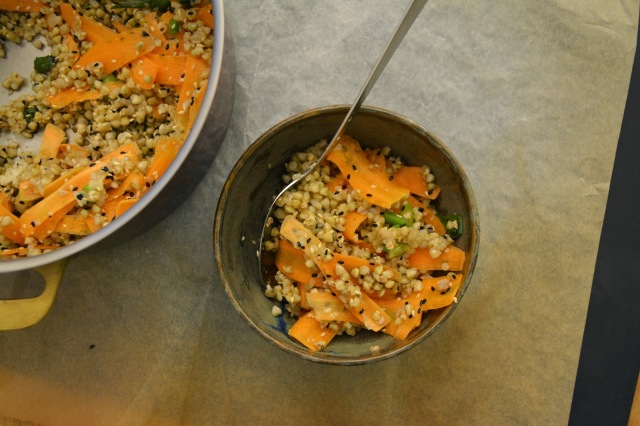
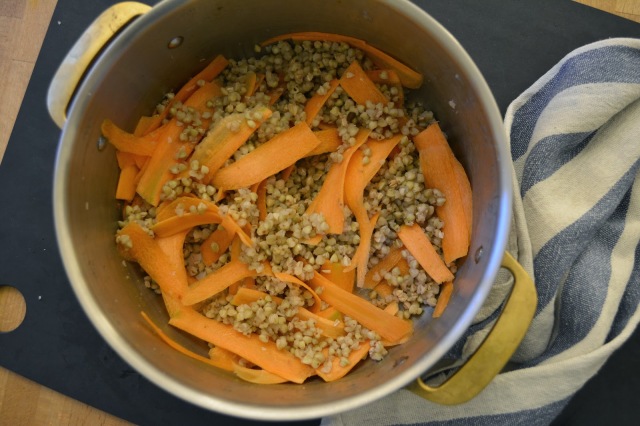
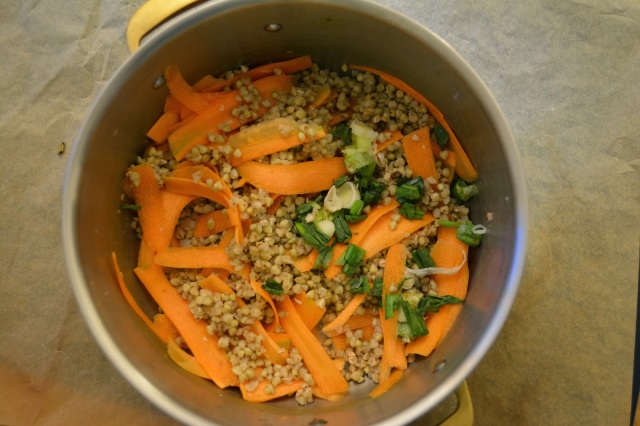
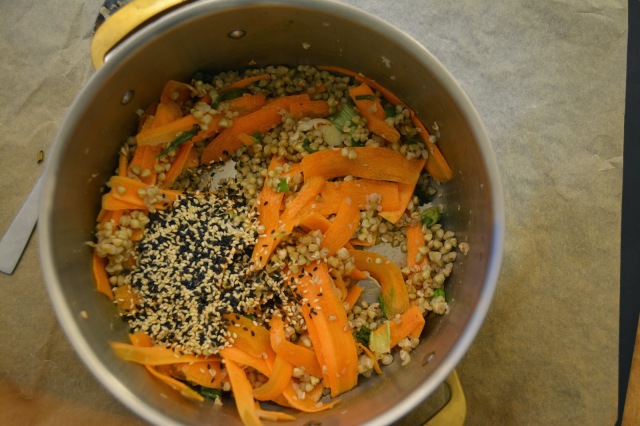



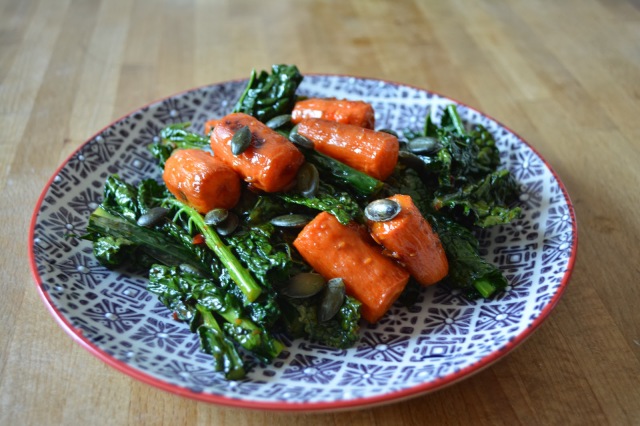

























You must be logged in to post a comment.